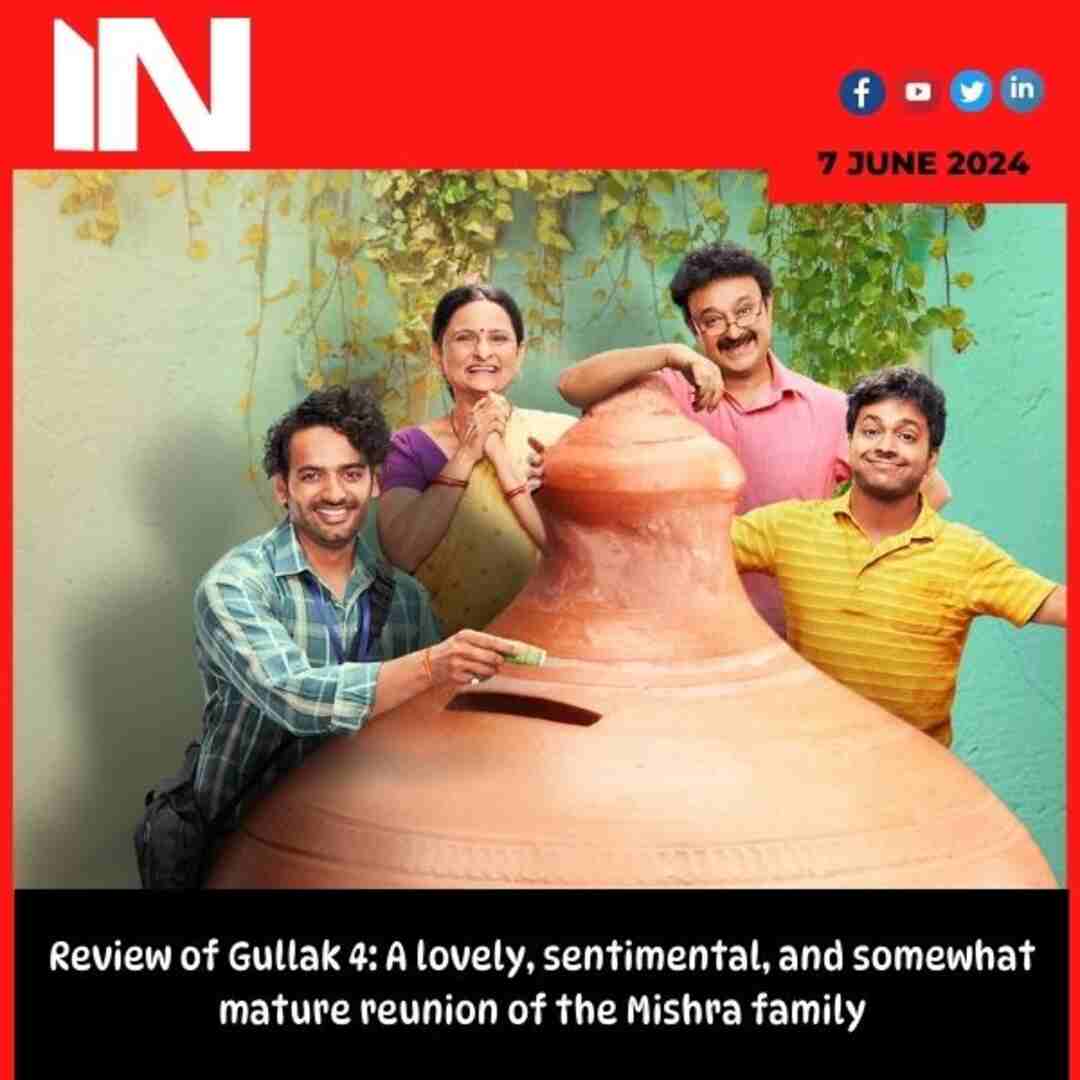Rare details have emerged about how China’s People’s Liberation Army (PLA) is helping residents of remote villages in building and maintaining infrastructure near the Line of Actual Control (LAC) with India as it pushes to develop dual-use habitats along the disputed border.
As part of its efforts to fuse civilian-military resources, the PLA has even deployed army cooks to teach local Tibetans how to make popular “Chinese dishes” in a village close to the India border.
The focus of a spot report in an official military portal this week was on Yumai, China’s last big border village, only kilometres away from the Upper Subansiri district in Arunachal Pradesh.
Yumai, in Longzi county, is located in Tibet Autonomous Region’s (TAR) Shannan area, which borders India and Bhutan – it is considered China’s first “xiaokang” or “well-off village”.
It made headlines in China in 2017 when President Xi Jinping wrote a brief letter to a family of Tibetan herders saying he hoped they “will motivate more herders to set down roots in the border area like galsang flowers, and become guardians of Chinese territory”.
The village, home to a single family until a few decades ago, is said to have dozens of families now.
“In recent years, Yumai has inaugurated an asphalt road, and in quick succession built schools, health centres, police stations and other public service institutions and units, and more and more people have moved here,” the military portal news report said.
The report did not mention the village population or why “more and more” people were moving to the remote location.
An August 2021 news report in the state-run China Daily newspaper, however, said the village then had 200 residents.
“The ‘three-person township’ expanded into a place that saw 20 residents in 1999 and 30 in 2009. Currently, it is recognised as a relatively well-off and beautiful place with more than 200 residents from 67 families. Villagers now take turns patrolling the border,” the China Daily report said.
Residents have opened at least “five homestays” with the help of personnel from the Tibet Military Region, part of the Western Theatre Command, which oversees the entire length of the Sino-India disputed border.
The rooms have televisions, oxygen generators and wifi.
The PLA has deployed military cooks to teach hotel owners how to make Chinese cuisine, the report said.
Hotel owners said until recently they did not know how to make Chinese dishes like “twice-cooked pork” and “diced spicy chicken” for tourists from the rest of the country. They do now, the report added.
Military doctors are dispatched twice a week to the village and soldiers on patrolling duty in the area have been instructed to call on the elderly.
The aim is clear – build a rapport with local Tibetans. “In Yumai, the military and civilians are one family,” the report said, quoting an officer as saying that a new chapter of deep friendship between the military and the civilians will be built.
Several villages have come up in the tri-junction between India, Bhutan and China, and a new village is said to have come up close to Longju, near Arunachal Pradesh, which witnessed the first clash between India and China in 1959, India-based Tibet expert Claude Arpi had told HT earlier.
The Chinese foreign ministry issued a strong statement last year when Indian media reports said it had built villages on the Indian side of the LAC, close to Yumai village.
“China’s normal construction on its own territory is entirely a matter of sovereignty,” the ministry had said in January, 2021, when asked about the new village.
Last October, China passed a new law to strengthen land border protection amid the ongoing military tension along the disputed boundary with India, firming up the military-civilian role in defending the country’s borders.
The legislation, the first such law since new China was formed in 1949, formalised combining the military defence of China’s land borders with improving social and economic development in border areas.
It strengthened the PLA’s policy to work closely with civilians staying in border areas – for example, Tibetan villagers living along the border with India, Bhutan and Nepal – to work as the first line of defence.
Complete News Source : Hindustan Times


 Ranbir Kapoor3 weeks ago
Ranbir Kapoor3 weeks ago
 Mahakumbh2 weeks ago
Mahakumbh2 weeks ago
 Sunny Leone2 weeks ago
Sunny Leone2 weeks ago
 Parineeti Chopra3 weeks ago
Parineeti Chopra3 weeks ago.jpg)
.jpg) Bollywood1 week ago
Bollywood1 week ago
 American Dream1 week ago
American Dream1 week ago
 Pahalgam Attack2 weeks ago
Pahalgam Attack2 weeks ago
 Trending3 weeks ago
Trending3 weeks ago








.1.jpg)









